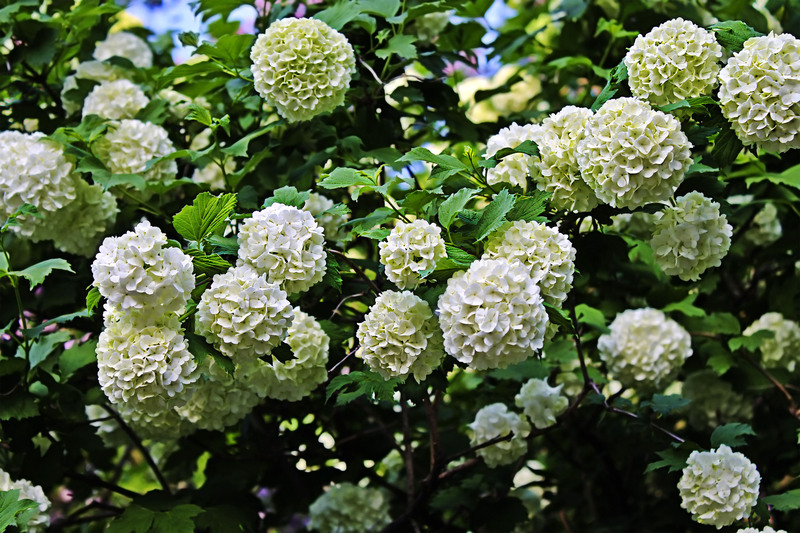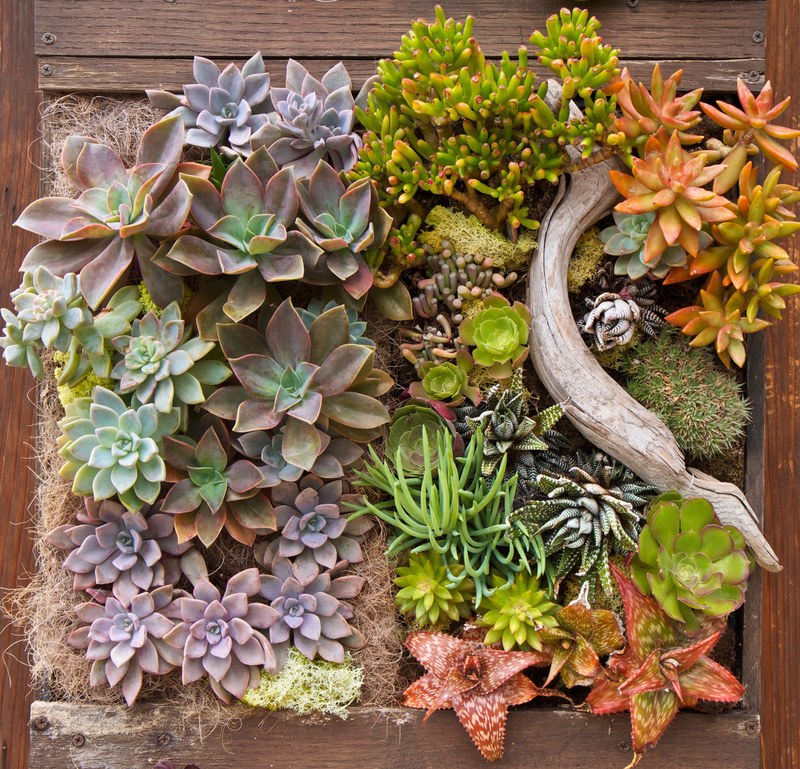Winterizing Garden Plants Essentials
Posted on 05/04/2025
As the seasons transition from the warmth of summer to the chill of winter, it's important to prepare your garden for the icy months ahead. Proper winterizing can protect your plants from the cold, ensuring they emerge healthier and more vibrant in the spring. This guide covers the essentials of winterizing garden plants and offers practical tips to protect your green investments.
Understanding Your Plants
The first step in winterizing your garden is to understand the needs of your plants. Different species have varying tolerances to cold weather. Identify which plants are hardy and which are tender as their winter care will be drastically different.

Essential Winterization Techniques
Mulching
Mulching is one of the simplest and most effective methods to protect your garden. A thick layer of mulch helps insulate the soil, preserving moisture and preventing extreme temperature fluctuations. Use organic materials like straw, leaves, or wood chips for best results.
Watering
Plants need water even in the winter, but it's important to water them properly. Water your plants thoroughly before the ground freezes to ensure they have enough moisture to last through the winter. Be mindful, however, not to overwater, as this can lead to root rot.
Pruning
Pruning helps to remove dead or damaged growth, which can otherwise attract pests or diseases. It's also beneficial for the plant's overall health and appearance. Be careful not to prune too late in the season, as this can stimulate new growth that may not harden off before the frost.
Covering Plants
Tender plants may need extra protection. Use burlap, frost blankets, or cloches to cover vulnerable plants. Ensure that the coverings are securely anchored to prevent them from blowing away in the wind.
Insulating Containers
Container plants are more susceptible to freezing temperatures. Move pots to a sheltered location, group them together, and insulate with bubble wrap or other insulating materials. Elevate the pots slightly to prevent root damage from frozen ground.
Indoor Care for Tender Plants
Some plants are too tender for even the mildest frost and should be moved indoors. Acclimatize them to indoor conditions gradually to reduce stress. Place them in a bright location and reduce watering and fertilization during the winter months.
Pros and Cons of Winterizing Garden Plants
Pros:
- Increased plant survival rate through harsh conditions.
- Healthier plants come spring, with more vigorous growth.
- Prevention of pest and disease infestations over the winter.
Cons:
- Initial time and effort investment can be considerable.
- Cost of materials such as mulch, coverings, and insulation.
- Some plants may require indoor space which might be limited.
Tips for Successful Winterizing
- Monitor weather forecasts to act quickly when sudden cold snaps are predicted.
- Use windbreaks such as fences or hedges to protect plants from harsh winds.
- Label plants and keep a garden journal to remember which plants need specific care each winter.
- Do not fertilize late in the season as it can encourage tender growth susceptible to frost.

Takeaways
Winterizing your garden is essential for protecting your plants from the chill of winter. Proper mulching, watering, pruning, and covering can make a significant difference in plant survival and health. Additionally, understanding which plants need to be moved indoors and insulate container ones can prevent extensive damage. Remember that while there are some cons, the advantages of safeguarding your plants far outweigh those drawbacks.
Conclusion
Winterizing your garden plants is a crucial task that ensures the longevity and vitality of your garden. By investing time and effort into proper winter care, you're setting your garden up for a beautiful and productive growing season. Each garden is unique, so adapt these winterizing essentials to suit your specific needs. Your plants will thank you with a burst of color and life when spring arrives.



